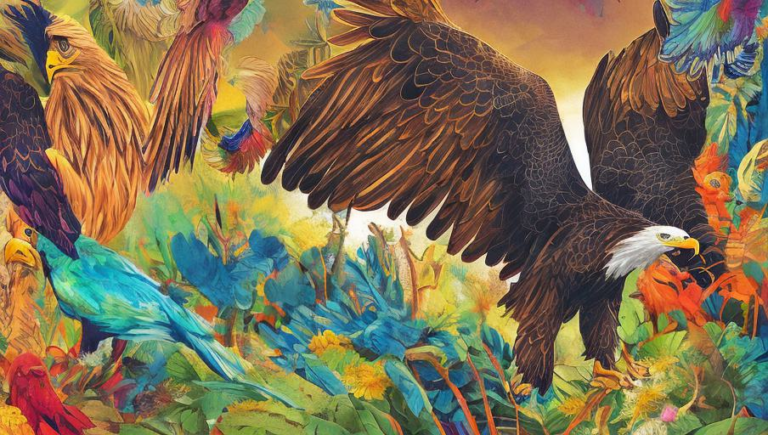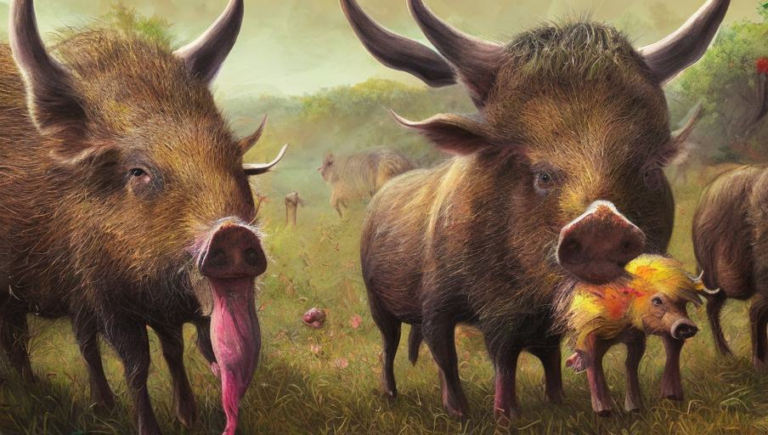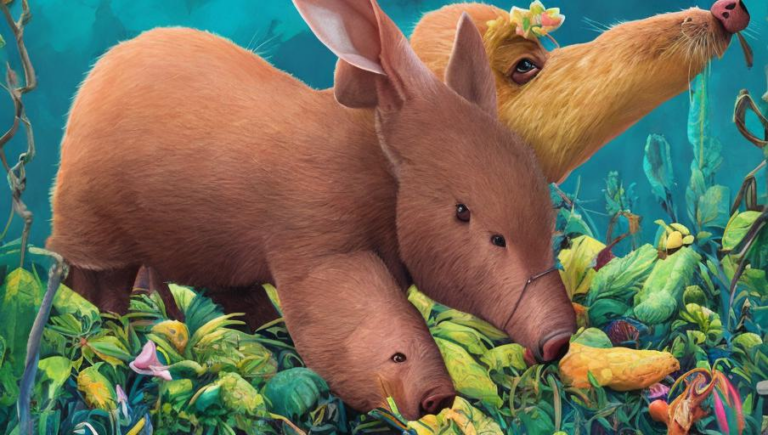Educating About Cranes

The Fascinating Cranes
Cranes are majestic birds, found in many different regions around the world. They have long, thin legs and long beaks, and they soar gracefully in the sky. From the top of their heads to their feet, they are usually between four and five feet tall. Their wingspan is even more impressive, ranging from six to seven feet. They are remarkable creatures, and their presence in the wild is a testament to the beauty of nature.
Types of Cranes
There are 15 different species of cranes, and they can be found in all continents except Antarctica. The most populous species is the Common Crane, also known as the Eurasian Crane. Other species include the Sandhill Crane, the Whooping Crane, the Red-crowned Crane, the Demoiselle Crane, the Sarus Crane, and the Siberian White Crane.
Habitat and Diet
Cranes prefer to live in wetlands, such as marshes, swamps, and shallow lakes. They are omnivorous, meaning they eat both plants and animals. They feed on a variety of insects, frogs, snakes, fish, and grain. They also enjoy snacking on berries and other fruits.
Nesting and Mating
Cranes build their nests in trees or in the ground, depending on the species. They mate for life, and both parents take part in raising their young. The female will typically lay two eggs, and both parents will incubate them for about a month until they hatch. The young are born with brown feathers, and the adults will teach them how to fly and feed.
Conservation Efforts
Sadly, some species of crane are endangered due to human activities. Habitat loss, hunting, and illegal trade are all threats to their population. Conservationists and scientists are working hard to protect these birds, and they have established protected areas and passed laws to ensure their safety. Educating the public about the importance of these birds is also an important part of their conservation efforts.
Fun Facts About Cranes
Did you know? Cranes are known to mate for life, and they often perform intricate dances to show their affection for each other. They are also incredibly loyal and will stay with their partner even if food is scarce. Cranes are also incredibly strong and can carry up to 8 times their own weight!
Conclusion
Cranes are fascinating animals, and they are an important part of our planet’s biodiversity. We must take steps to protect them and their habitats, so that future generations can continue to witness their beauty. Education is a key part of any conservation efforts, so join us in spreading the word about this amazing species.





